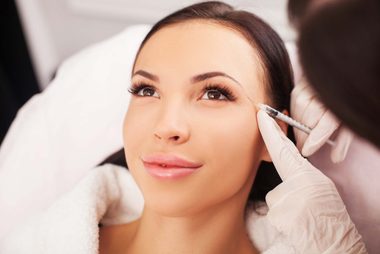
Ready for Botox?
To get Botox, or not to get Botox—that seems to be the question on the minds of women (and men) spanning from ages 25 to 65. Hailed as the most effective wrinkle treatment on the market today, Botox, or botulinum toxin, is just one of many FDA-approved brands that do the very same thing. “Botox is a brand name just like Kleenex or Xerox, which people associate with the actual product and use as a general term,” says David Shafer, MD, board-certified plastic surgeon and RealSelf contributor. “All of the products work very similarly, but differ in their molecular configurations and manufacturing.” Dysport and Xeomin are two other brand names for the injectable anti-wrinkle treatment, which seems to be skewing towards a younger audience by the minute. In fact, according to the American Society of Plastic Surgeons, more than 7 million Botox procedures were performed in 2016 alone, and over 126,500 of them were on adults under the age of 29. So if age isn’t always a determinable factor to help in your decision to get Botox, what is? We turned to the nation’s top skin-care professionals for signs that you may or may not be ready for Botox.
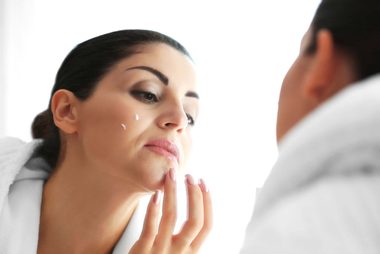
You’re ready if: you start noticing deep-set wrinkles and skin thinning
For most people, this happens in their late 30s or early 40s, and can be determined when fine lines start appearing in unwanted places. “Botox freshens up the face and temporarily reduces the appearance of lines, like glabella ‘elevens’ (the parallel furrow between your brow). You can start once you notice the angry look or the fine lines appearing,” says Tsippora Shainhouse, MD, Beverly Hills-based dermatologist. “It’s best to do the procedure around the time these lines begin to appear, however, because once you have deep-set wrinkles and your skin is significantly thinner (50+ years), neurotoxins alone are not sufficient.”
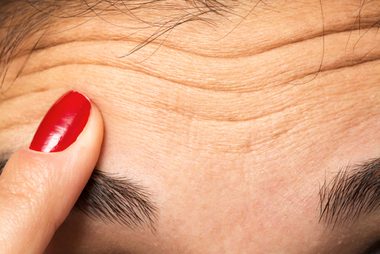
You’re not ready if: you have a heavy brow
Especially older patients who have heavy eyelids and a great deal of wrinkling in their forehead should be careful about using Botox. “These older patients often need their brows lifted in order to help assist their eyelid to open properly, so when Botox is used, their lids get heavy sometimes to the point where their eyelids close involuntarily,” says Kirk Brandow, M.D., a Philadelphia-based plastic surgeon and founder and director of Brandow Clinic for Cosmetic Surgery. “Some patients who are treated with Botox around their eyes will often times get a cheeky smile where their cheeks get too puffy and come up too much giving them a weird look to their face.” This is one of the reasons why it is so important to be carefully examined by a licensed professional before using Botox in any form.
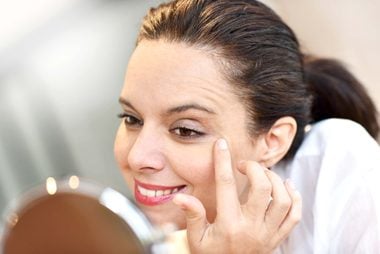
You’re ready if: you see deep wrinkles when you make facial expressions
Known as dynamic rhytids, these wrinkles disappear when you’re no longer making any facial expressions. One you have static rhytids, or wrinkles that remain on your face once you are no longer making facial expressions, it can be difficult to treat the fine lines. “In these cases, Botox may not be sufficient to completely erase the wrinkles” says Dr. Shainhouse. “However, Botox can still reduce the depth of the static wrinkles and prevent them from becoming deeper and more ‘etched in’, by minimizing muscle contraction in the treated area(s).”

You’re not ready if: you have super-aged skin
If you do have deeper-set ‘static’ wrinkles, meaning they’re always there, whether or not you’re moving your muscles, neurotoxins won’t be able to completely erase them. “Once we hit our 50s, there is natural facial fat and bone resorption and the skin starts to hang in folds,” Dr. Shainhouse explains. “The skin is also thinner at this age, making wrinkles more apparent, and collagen and elastin doesn’t rebuild very efficiently.” Botox is only FDA-approved for adults 65 years of age or younger, so those in their 70s and 80s will find much better luck with fillers and collagen-stimulating and tightening lasers.
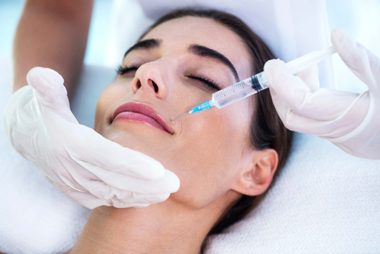
You’re ready if: you’re looking to improve facial symmetry
If one eyebrow sits lower than the other, or one side of your mouth raises when you smile or speak, Botox can be used to relax one of the sides and create a more symmetric appearance, temporarily. “The exact anatomy of this procedure is complex, but if done correctly, can last for much longer than Botox for wrinkles,” says S. Manjula Jegasothy, MD, board-certified dermatologist and CEO and Founder of Miami Skin Institute. It’s important to note that this is a very advanced procedure and should only be undertaken by a board-certified dermatologist who is very proficient in Botox injections in the lower face.

You’re not ready if: you have unrealistic expectations
“Many patients who come into the office expect the results of Botox to last long-term, but that’s not the case,” explains Dr. Shainhouse. Botox generally wears off within three months. In addition, Dr. Shainhouse says that many patients are surprised by the cost of the procedure, and often don’t want to pay for the proper amount that’s required to achieve the results they’re looking for. “Some people think their skin will look perfectly smooth and tight and ‘young’ by injecting a bit of Botox, when they’re looking to lift their sagging necks, chin and pull up their cheeks,” she says. “But Botox works best on the upper face, where the muscles are very close to the overlying skin (glabella, crow’s feet, forehead).”
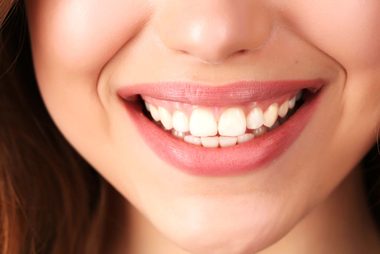
You’re ready if: you’re looking to reduce the appearance of a “gummy smile”
While by no means something that “needs” treatment, a gummy smile is a term used to describe a person whose upper teeth and gums show prominently when they smile and laugh. Botox can be used to lower the lip so that it covers more of the gum area. “Most of the time this simply requires one or two injections right below the nose in a very carefully designated location, depending on the individual patient’s anatomy,” explains Dr. Jegasothy. “This is another procedure where effects can last months to years.”

You’re not ready if: you need expression for your profession
If your job requires you to move your face, either to make expressions or communicate emotions, Botox may not be right for you. “Common cases include actors who need to show a range of expressions for a role, therapists who need to demonstrate empathy to a patient; and even parents who want to be able to let their child know they’re angry with them,” says Dr. Shainhouse. “On the other hand, however, I have had a preschool teacher requesting Botox to the glabella area (lines between the eyes), because kids think that she is always mad at them!”

You’re ready if: you’re looking to shrink or soften your jawline
The masseter muscle, which is used for chewing and grinding of the teeth, can be more full in some people than others and even enlarged in patients who grind their teeth. Botox can be performed in this area to soften the jawline. In fact, using Botox for the masseter to soften a square jaw in women is the number one use of Botox in Asia, particularly in South Korea. “It is very effective when done properly in softening the muscle, elongating the lower face and making a square jaw or square face more heart-shaped or oval,” says Dr. Jegasothy. “It involves a thorough understanding of the anatomy of the lower face and should be undertaken only by board-certified dermatologists very proficient in treating the lower face with Botox.”

You’re not ready if: you have an underlying muscle disorder
Another example of someone who may want to avoid use of Botox is a patient with a neuromuscular disorder, as the Botox works at the neuromuscular junction, says Dr. Shafer. However, Botox can also be useful if someone has a nerve injury or disorder such as Bell’s Palsy where part of the face becomes temporarily paralyzed. “In these patients, we can use Botox to help improve symmetry in the patient’s face while they are healing or to help compensate for their nerve injuries.”

You’re ready if: you sweat excessively to the point of discomfort
The FDA has approved Botox for the treatment of severe, excessive sweating. “Multiple injections are placed in the armpits, palms, or soles of the feet (usually half a bottle per area, so this can get expensive if it is not covered by your insurance plan),” explains Dr. Shainhouse. “The neurotoxin prevents contraction of the muscles that express the sweat, so you essentially do not sweat in the treated area(s) for up to three to six months.” Some people note that they do sweat more in other areas, however, since your body needs to cool off somehow.

You’re not ready if: you’re pregnant or breastfeeding
While there’s limited research to prove any harmful effects of receiving Botox during pregnancy, it’s discouraged in the medical community. “Botox is metabolized locally and does not move to distant parts of the body, so the chance of it affecting a fetus in the womb or the baby through breastfeeding is extraordinarily low,” says Dr. Shafer. “In fact, some patients have had Botox and then found out their were pregnant and never saw any problem.” Still, Dr. Shafer adds that he always cautions his patients not to take any chances when pregnant.

You’re ready if: your doctor suggests it as a treatment for migraines
“If you suffer from certain types of migraines and tension headaches, Botox injections into muscles in the back of the skull and forehead may reduce the incidence frequency and severity of your headaches,” says Dr. Shainhouse. “This is FDA-approved and often covered by insurance if performed by a neurologist or headache specialist.” And, yes, she adds that it may reduce your forehead wrinkles as a side effect.
